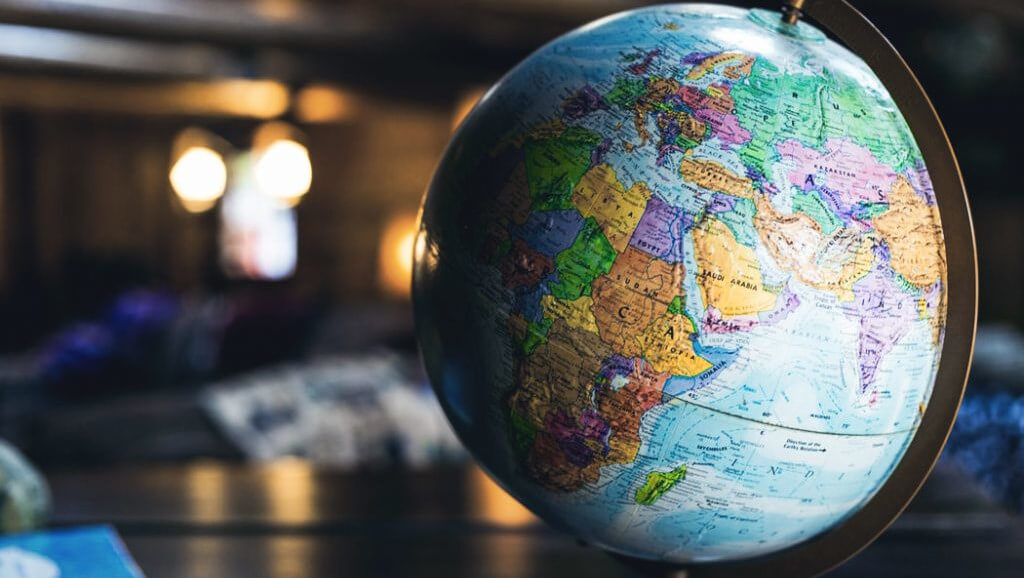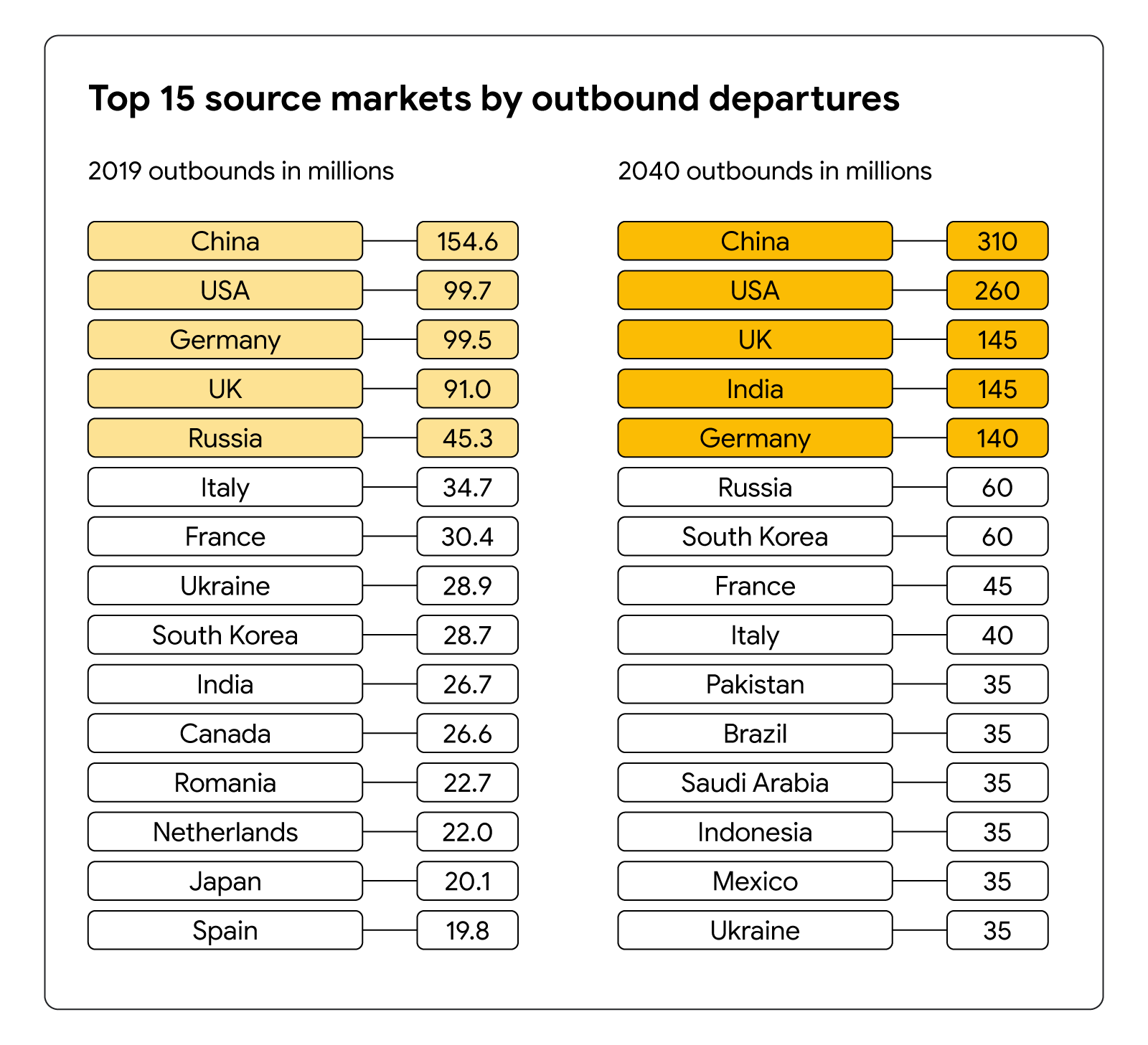
The travel industry has faced its share of challenges, but history shows us that it’s remarkably resilient. Even in the face of unforeseen events, people’s desire to explore and experience new cultures remains undimmed.
NB: This is an article from Think with Google
Subscribe to our weekly newsletter and stay up to date
In fact, new research from Google and Deloitte predicts a staggering 60% increase in international travellers by 2040.1
We analysed billions of Google Search queries and over 90,000 external data points from the past five decades for this new study on the global mobility trends. It reveals the strong economic correlations and long-term trends that will shape the travel landscape.
In this “travel 2040” vision we see the number of international trips worldwide skyrocket, reaching nearly 2.4 billion.2 But the research isn’t just about numbers — it’s also about strategic insights that can transform the travel industry; from pinpointing the next travel hotspots to understanding the evolving needs of travellers.
The rise of the Indian traveller and the growing impact of the U.S.
The travel landscape of 2040 will see new top source markets — the areas travellers come from — rise to prominence. And India, China, and the U.S. will be the fastest growing markets in the top 5:

Think with Google: Source: Google/Deloitte, Global, NextGen travellers and destinations, 2024.
Indian travellers, in particular, are expected to increase by 5X by 2040,3 fuelled by increased passport ownership and eased visa policies. They are digital-savvy and quick decision-makers, booking international flights with an average lead time of less than 50 days.4 (For comparison, the average global lead time is nearly 70 days.5)
The linguistic and cultural diversity in India demands a localised approach from brands. The country has many different languages, with 10 of them having over 30 million native speakers each. And the majority of Indians prefer to use their local language to search and carry out tasks online.
On the other side of the globe, the U.S. remains a powerful source market. U.S. travellers already drive 10% of demand for all European travel and make up 40% of all non-European travellers within the region.6 These are travellers who are extremely brand-conscious, with 78% of U.S. consumers willing to pay more for a brand they know.
Travel companies should focus on establishing — or increasing awareness of — their brand in these emerging and growing source markets now. By 2040 people should already know you when they’re planning their next holiday, rather than discover you for the first time.
Destination diversification: New hotspots emerge
The travel landscape of 2040 is not only shaped by where travellers come from, but also by where they’re going. Spain is projected to overtake France as the world’s most visited country — although it’s a tight race between both markets — and newcomer Mexico is set to enter the top 5 most popular destinations:7




